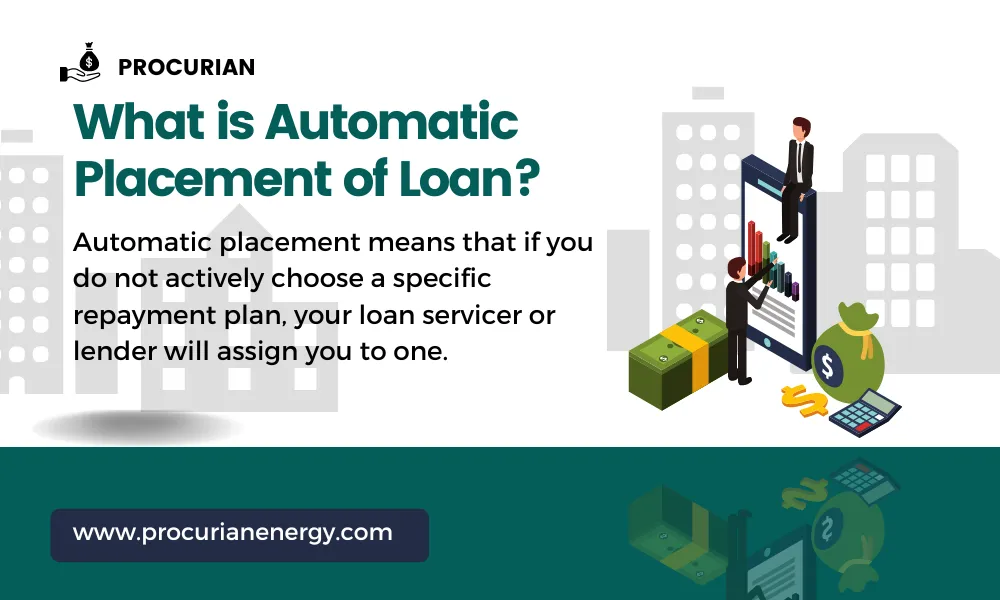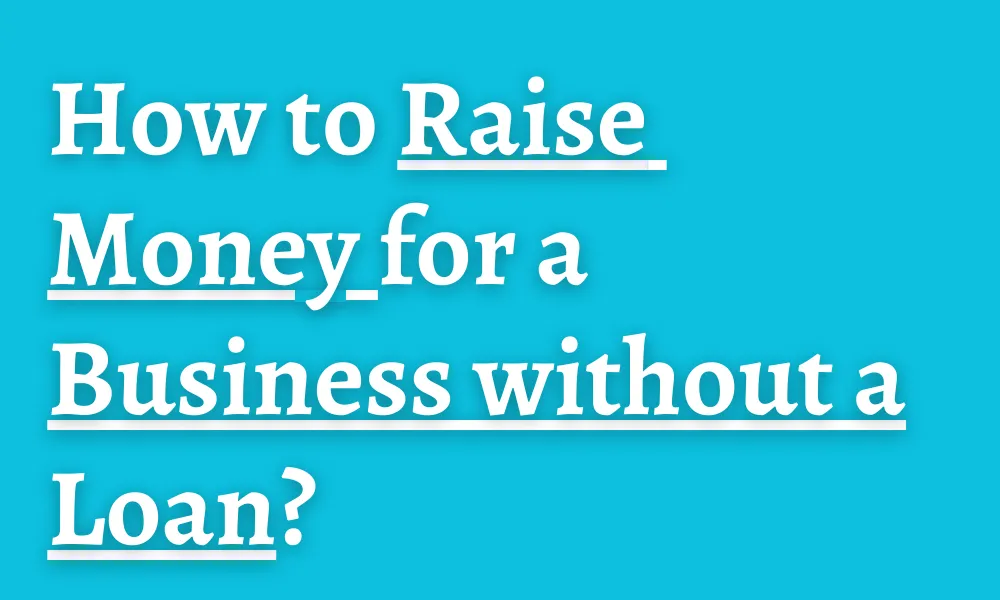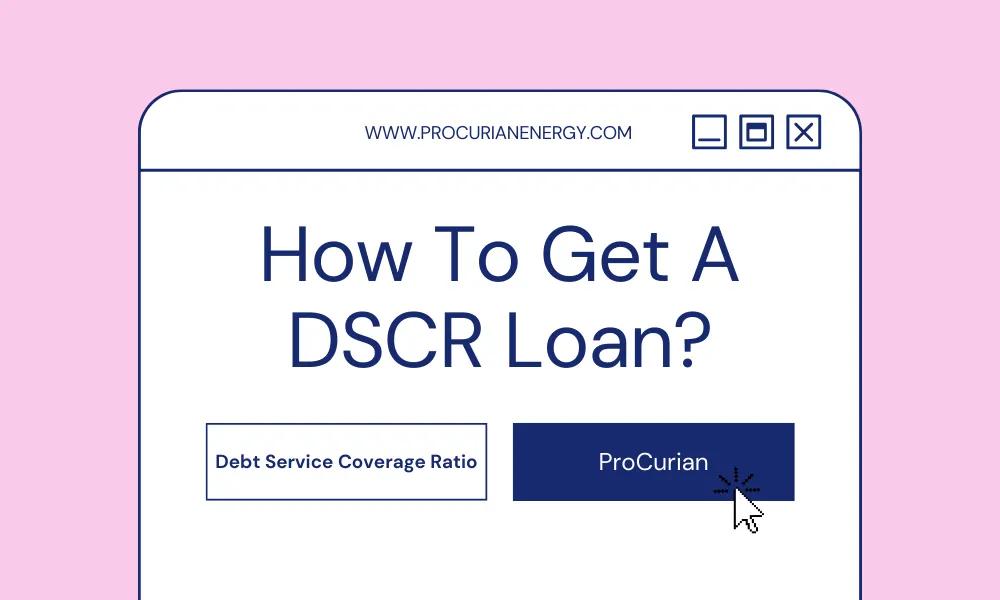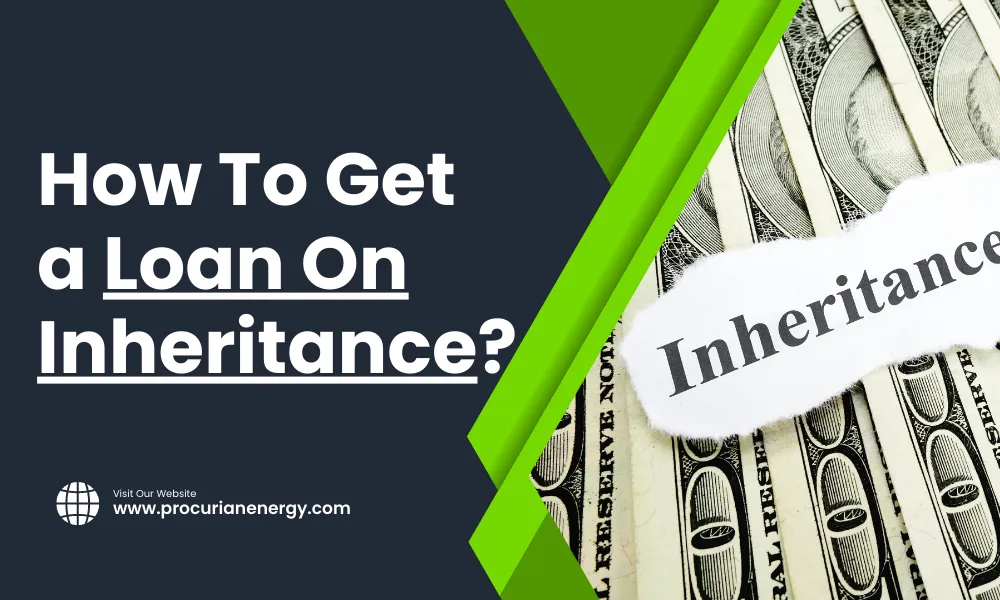When it comes to loan repayment, being aware of your repayment plans is very important.
Many borrowers might not be aware that they are enrolled in a certain repayment plan automatically until they take measures to choose an alternative.
In this blog, we will explore the various repayment plans, discuss the factors that determine automatic placement and provide guidance on what to do if you disagree with the assigned plan.
What is Automatic Placement of Student Loan?

When it comes to repaying student loans, the majority of debtors are immediately placed on a default repayment schedule.
This is done to simplify the process and provide convenience for borrowers.
Automatic placement means that if you do not actively choose a specific repayment plan, your loan servicer or lender will assign you to one.
Understanding this automatic placement is vital because it can impact your-
- monthly payments,
- the total amount you repay, and
- your eligibility for loan forgiveness programs.
Student Loan Repayment Plan Calculator
Types of Repayment Plans
For federal student loans in the United States, borrowers are initially placed on the Standard Repayment Plan, which typically has a fixed monthly payment amount over a 10-year period.
However, there are several other repayment plans available, such as:
1) Standard Repayment Plan
The standard repayment plan requires fixed monthly payments over a 10-year term. It is a good option for borrowers who can afford higher monthly payments and want to pay off their loans quickly.
2) Graduated Repayment Plan
With this plan, your payments start low and increase over time (usually every two years) over a 10-year term. It can be beneficial for borrowers with lower initial incomes but anticipate their incomes to grow steadily.
3) Income-Driven Repayment Plans (IDR)
These plans calculate your monthly payments based on your income and family size. The three main IDR plans are:
a. Pay As You Earn (PAYE) – Caps monthly payments at 10% of discretionary income and provides loan forgiveness after 20 years of qualifying payments.
b. Revised Pay As You Earn (REPAYE) – Caps monthly payments at 10% of discretionary income (15% for graduate loans) and offers loan forgiveness after 20/25 years of qualifying payments.
c. Income-Based Repayment (IBR) – Caps monthly payments at 10/15% of discretionary income and provides loan forgiveness after 20/25 years of qualifying payments.
4) Extended Repayment Plan
This plan extends the repayment term to 25 years, resulting in lower monthly payments.
For borrowers who want greater flexibility, it might be helpful, but they should be mindful that it can mean paying more interest over time.
5) Income-Contingent Repayment (ICR)
This plan calculates payments based on your income, family size and loan balance. It offers loan forgiveness after 25 years of qualifying payments.
6) Other Specialized Repayment Plans:
Certain specialized plans, such as:
offer loan forgiveness or cancellation options for eligible borrowers.
Best student loan repayment plan
| Repayment Plan | Interest Rate | Repayment Term | Eligibility Criteria | Benefits |
|---|---|---|---|---|
| Standard Repayment Plan | Fixed | 10 years | All borrowers | Pays off loan quickly, predictable payments |
| Graduated Repayment Plan | Fixed | 10 years | All borrowers | Provides flexibility for borrowers with lower starting incomes |
| Income-Based Repayment | Based on income | 20-25 years | Financial hardship | Monthly payments are adjusted based on income, potential for loan forgiveness after 20-25 years |
| Pay As You Earn (PAYE) | Based on income | 20 years | Financial hardship | Lower monthly payments, potential for loan forgiveness after 20 years |
| Revised Pay As You Earn | Based on income | Up to 25 years | Financial hardship | Lower monthly payments, potential for loan forgiveness after 20-25 years |
| Income-Contingent Repayment (ICR) | Based on income | Up to 25 years | All borrowers | Monthly payments based on income, potential for loan forgiveness after 25 years |
| Public Service Loan Forgiveness (PSLF) | – | 10 years | Working in public service jobs | Remaining loan balance forgiven after 120 qualifying payments |
| Teacher Loan Forgiveness | – | – | Teachers with eligible loans | Up to $17,500 forgiveness on Direct Subsidized and Unsubsidized Loans, or up to $5,000 on FFEL Subsidized and Unsubsidized Loans |
What to Do If You Disagree with Automatic Placement?
If you find yourself disagreeing with the automatic placement, several steps can be taken:
- Contact your loan servicer to discuss the situation and inquire about alternative repayment plans.
- Request a different repayment plan that better aligns with your financial goals and circumstances.
- Explore eligibility for alternative plans based on your specific situation.
- Seek professional advice from financial advisors or student loan experts to make an informed decision.
Steps to Change Your Repayment Plan
If you want to proactively change your automatic repayment plan, follow these steps:
1) Speak with your lender or loan servicer – Make contact with them to go over your selections and the procedure for altering your repayment arrangement.
2) Explore eligibility for alternative plans – Research different repayment plans and assess which one aligns best with your financial goals and circumstances.
3) Submit the required paperwork and applications – Follow your loan servicer’s or lender’s instructions to submit any necessary paperwork and applications for the chosen repayment plan.
4) Monitor changes and adjustments – Stay informed about any changes made to your repayment plan and make sure they align with your expectations.
FAQs
Which repayment plan do you choose?
It depends on your financial situation and goals. Options include standard, graduated, income-driven or extended repayment plans.
What is standard repayment plan?
The standard repayment plan is a fixed schedule for repaying a loan, typically in equal monthly installments over a set period, such as 10 years, with interest included.
What are the two choices of repayment?
The two choices of repayment typically refer to “principal and interest” or “interest-only” options when repaying a loan. The former includes both principal and interest payments, while the latter covers only the interest.
What are the modes of repayment?
Modes of repayment typically include cash payments, credit card payments, electronic transfers, checks, automatic bank deductions, mobile payment apps and online payment portals.
What is repayment schedule also called?
Repayment schedule is also commonly referred to as an amortization schedule.
Conclusion
Understanding the repayment plans available and the implications of automatic placement is vital for borrowers.
By reviewing the assigned repayment plan, borrowers can ensure it suits their financial goals and circumstances.
If not, they can take the required actions to change to a better strategy.
Borrowers may take charge of their loan repayment journey and make choices that are in line with their financial well-being by being empowered and educated.
It’s important to be proactive and consider all of your alternatives because your repayment strategy might have a big influence on your financial future.
Take the time to:
- understand the different repayment plans,
- review your automatic placement, and
- seek professional advice if needed.
By doing so, you can navigate the repayment process with confidence and work towards achieving your financial goals.
Keep in mind that you have the opportunity to choose the repayment strategy that best suits your requirements and puts you on the path to financial success.









